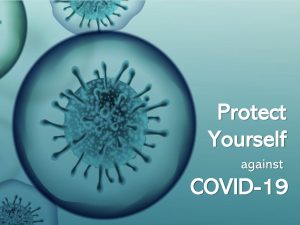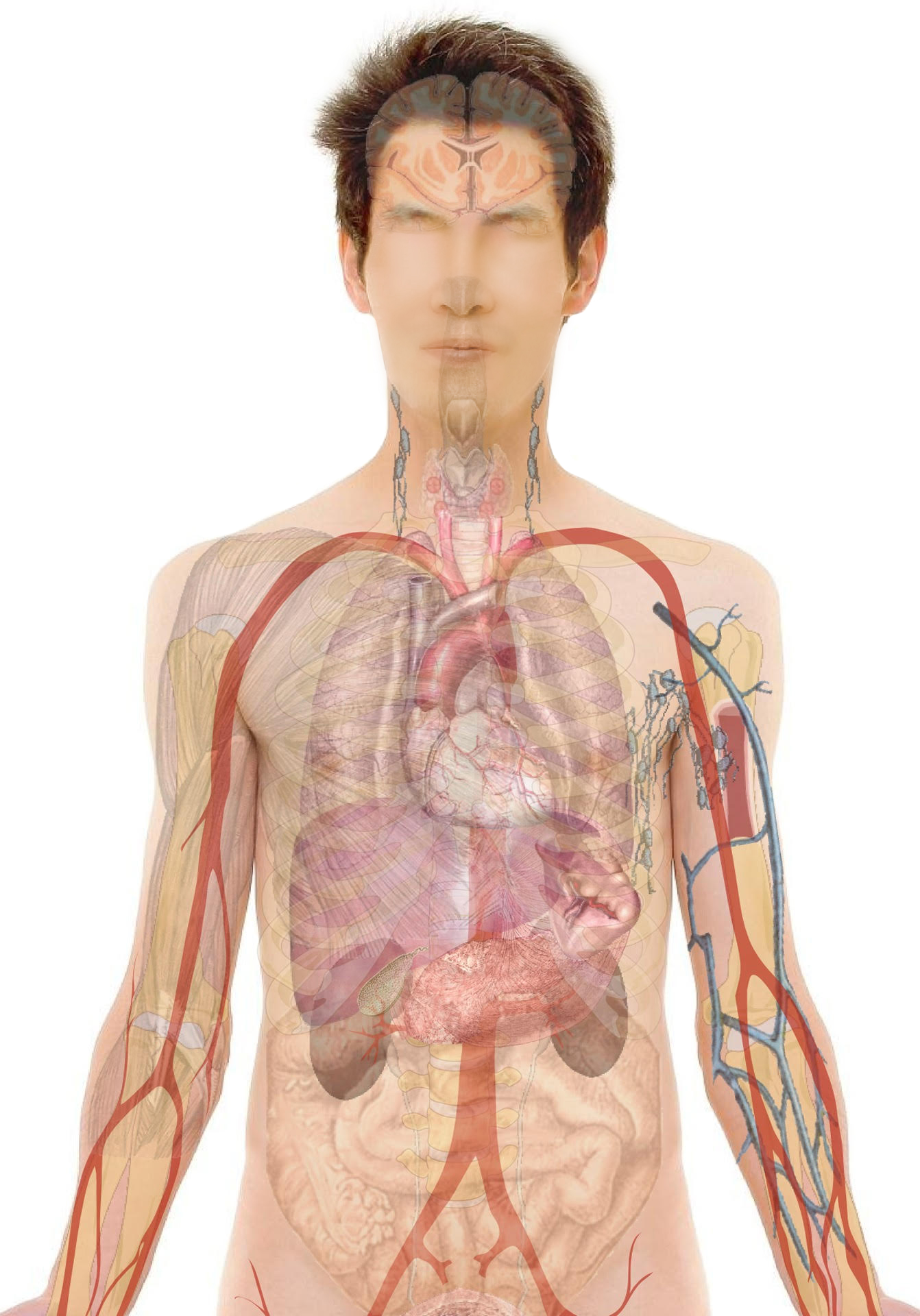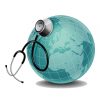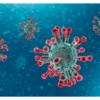Definition and Causes:

– Chronic bronchitis:
Is the swelling of the lining of the 2 bronchial tubes (bronchi) through which air passes into the lungs. The swelling causes increased mucus secretion that may further narrow the bronchial tubes and limit the air entry into the air sacs in the lungs.

– Emphysema:
The air sacs (alveoli) are thin-walled fragile sacs located in clusters at the end of the branching bronchi in the lungs. The alveoli stretch when the air is breathed in and shrink when the air is breathed out.
In emphysema, the alveoli get damaged losing their elasticity and cannot stretch as a result the air is trapped within the air sacs and is not available to the lung for air exchange due to limitation in airflow.

COPD is largely caused by cigarette smoking and other noxious particles.
The disease is commonly confused with asthma because certain symptoms overlap, however; asthma is not included in COPD, but people with asthma are at risk of developing COPD over time.
Symptoms:
Most common symptoms:
- Chronic or progressive shortness of breath
- Chronic cough
- Sputum production
Less common symptoms:
- Wheezing/chest tightness
- Additional features in severe disease, such as; weight loss, loss of appetite and tiredness are common and can be an important sign of other diseases
COPD patients are also likely to experience episodes called acute exacerbations, during which their symptoms become worse and persist for days or longer.
Note: Intensity may vary from patient to patient; symptoms may also develop independently; there is often a history of exposure to risk factors.
Investigations and Treatment:
A detailed account of past history is taken by the treating physician, including smoking history or any past exposure to lung irritants.
Physical examination:
The disease takes years to develop, and symptoms are often variable in intensity. Examination includes
- Blood pressure, pulse, temperature
- Chest exam (with a stethoscope)
- Colour changes in the skin, finger fingertips beds) toes
- Check for swelling of the ankles
- Pulmonary function tests: A lung function test is performed by blowing air in a large tube connected to a machine, that measures the air held by the lungs and how fast the air can be blown out of the lung. This can help detect COPD
If there is a history of smoking or exposure to lung irritants the doctor may suggest the following tests:
Labs:
- Pulse oximetry (oxy-met-tree): A device which is placed on a fingertip or an ear lobe to measure blood oxygen saturation
- Arterial (art-tee-ree-al) blood gasses (ABGs): Blood is extracted through a small needle placed into one of the arteries at the wrist and tested for oxygen levels
- Chest x-ray: May show emphysema or other lung diseases
- CT scan: Not a routine test for COPD, but may be used in select cases when the diagnosis is still unsure
TREATMENT
Acute exacerbations: Cause frequent medical visits, hospital admissions among COPD patients. Patients may benefit from antibiotics along with optimized treatment with medications that open (dilate) the airways in the lungs. These medications are called bronchodilators (bron-co-di-late-ors). Severe exacerbations may sometimes require a short course of injectable steroids (e.g. prednisone).
Medications:
Early diagnosis with smoking cessation along with the use of effective medications improves symptoms of COPD.

Risk Factors and Prevention:
- Cigarette smoking
- Occupational exposures
- Air pollution
- Lung growth during the gestational period and early exposure to smoke and noxious particles in life may increase the risk of developing COPD
- Age is considered one of the risk factor; however, it’s unclear whether healthy aging is a risk factor or the age reflects the sum of total exposures throughout the life leading to COPD
- Socioeconomic status
- Lung infections
- Chronic bronchitis
- Asthma
Outcome:
COPD is a preventable and treatable disease, but with no permanent cure. Smoking cessation and compliance with prescribed medications would help to improve symptoms of COPD and reduce exacerbations.








